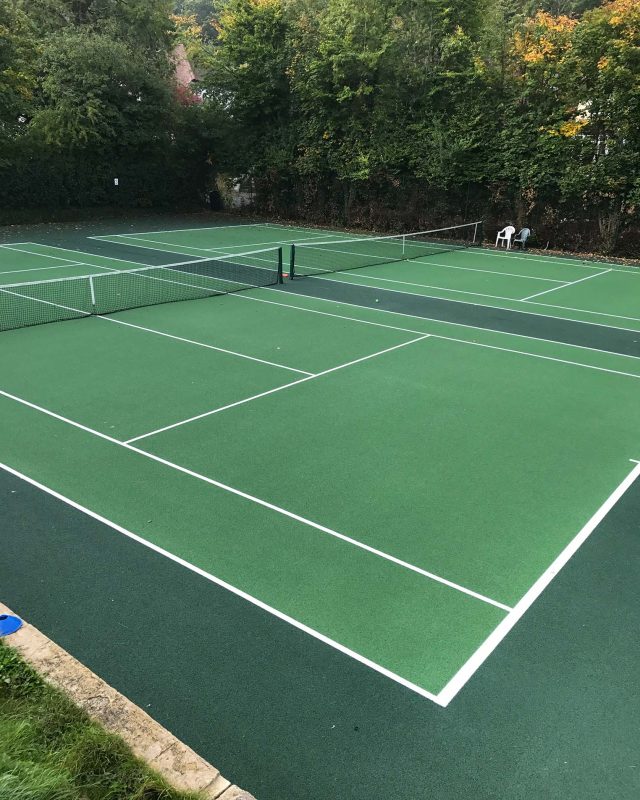Tennis Court Design: Considerations when designing your court
Whether you are tipped to be the next Andy Murray or you have never picked up a racquet before, the accessibility of tennis as an all-round sport has made it extremely popular all over the world today. It’s adaptability means this sport can be played in many different locations, with various surface materials and court sizes on offer to suit individual requirements and specifications.Types of surface
Tennis court surface design has developed significantly since its creation in the 19th century, progressing from grassy lawns and fields to state-of-the-art modern court surfaces, all of which are ideal for high performance and coaching and are now in use worldwide. These materials include:- painted porous macadam (tarmac)
- artificial grass carpets
- artificial clay
- non-porous acrylic
Size
The typical exterior dimensions of a regulation tennis court are 60’ x 120’ which are the measurements of the fence line. When determining how much space is needed for your tennis court, you must consider the required setbacks which tells you how close to a property line you are allowed to build a structure. Contact the planning department at your local council to find out what the setbacks and requirements are. Professional services such as Charles Lawrence will provide maps for planning permission to ensure the project follows all the correct regulations and goes completely to plan. For more information on exact dimensions of tennis courts, you can follow guidelines provided on the Lawn Tennis Association website.Fencing
The majority of tennis court designs include perimeter fencing to retain balls during play and to provide security for the court and equipment when unattended. This surround fencing design predominantly consists of intermediate metal line posts supporting chain-link mesh, which can be changed for practical, aesthetic or cost purposes. Other popular fence styles include timber structures with chain-link mesh and masonry walls. Further to this, fence structures may include other court features such as retaining walls, hit-up walls and light towers.Lighting
Utilising state-of-the-art floodlighting will significantly increase the amount of playing time you will get on tennis courts throughout the year, particularly late into the evening or during the shorter days in winter. For high performance, it is strongly recommended that you opt for floodlighting which has been designed and customised to meet specific requirements of the sport. Here at Charles Lawrence, whether you are having a new court installed or refurbishing your existing facilities, we produce detailed plans and Isolux Maps which will provide details of the illumination levels your tennis court will receive.Length of time
The construction of tennis courts can vary significantly according to the following factors:- type of surface
- time of year
- ease of access
- ground and weather conditions
